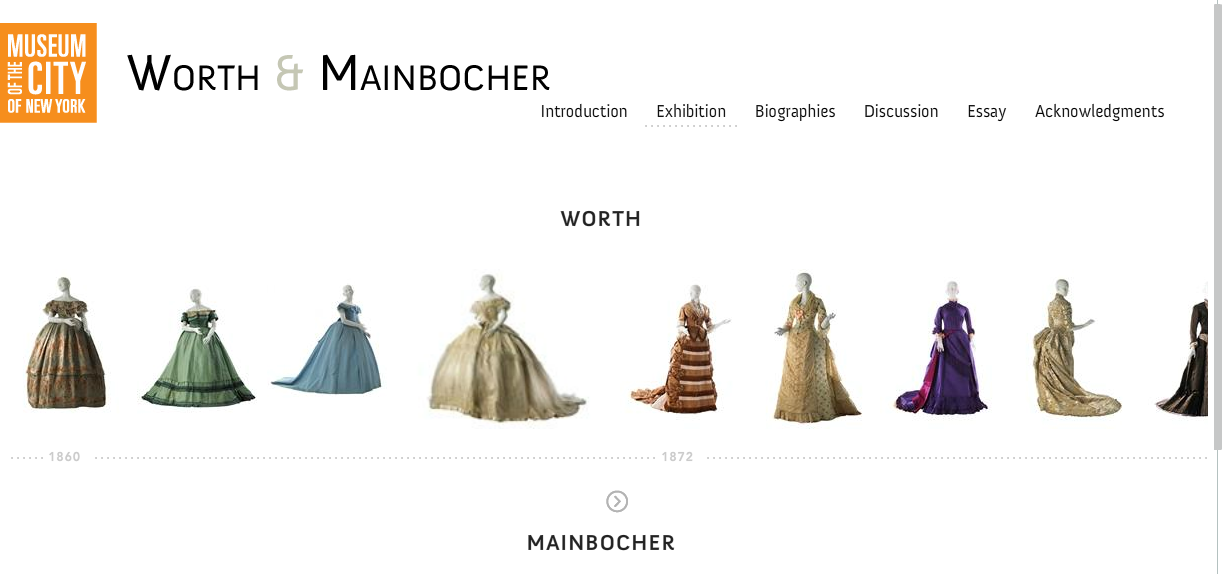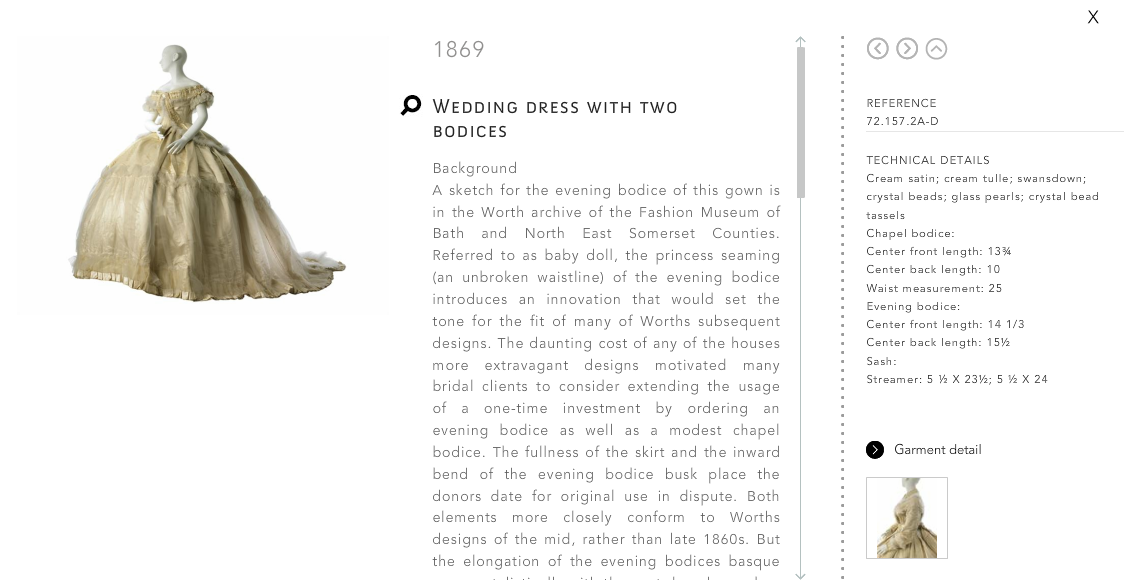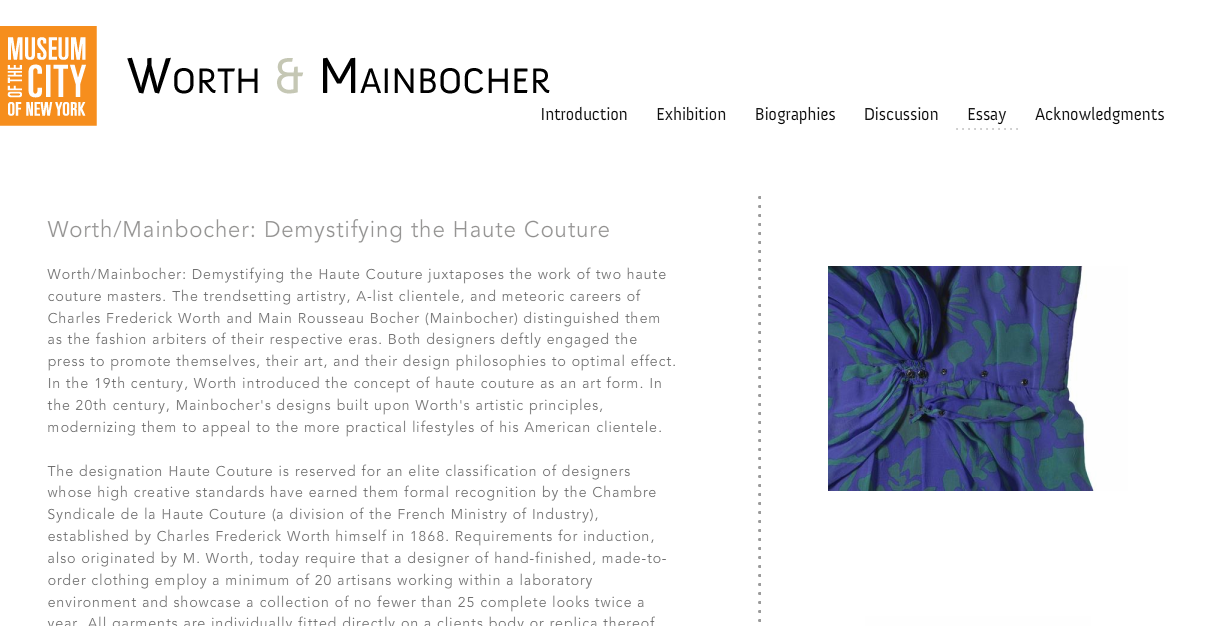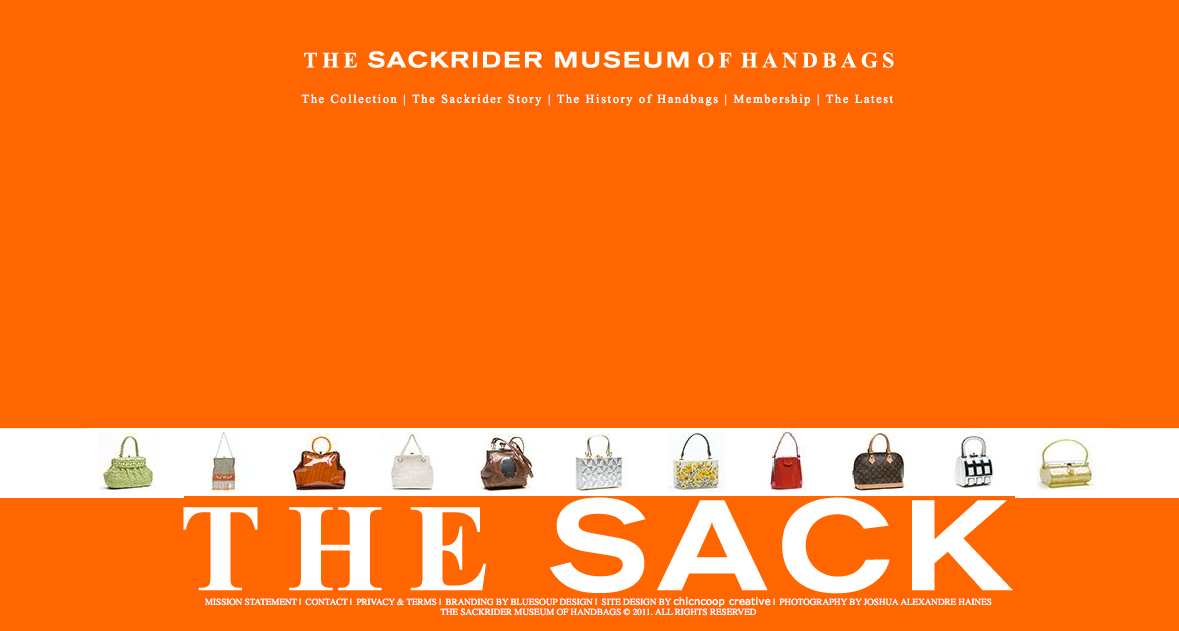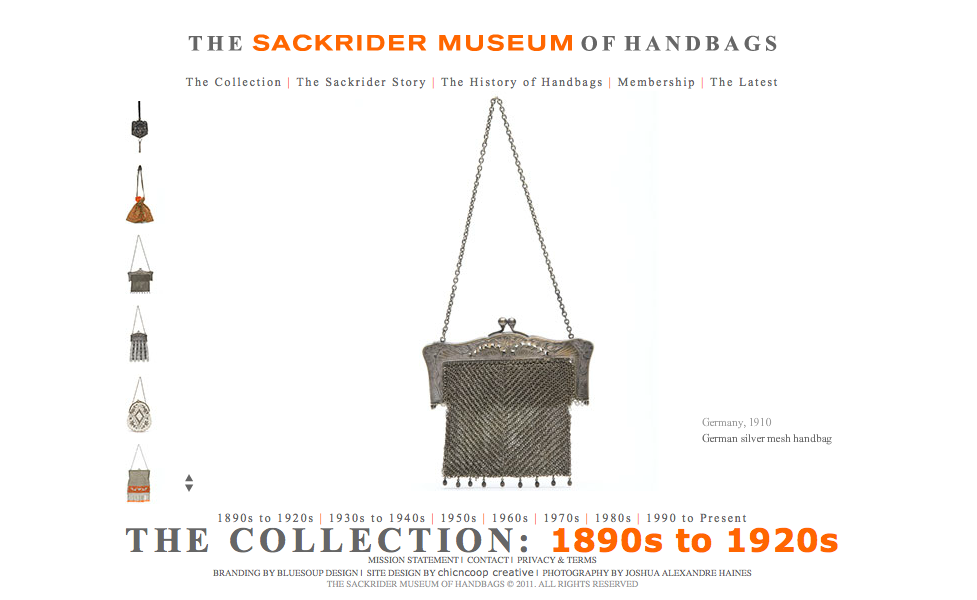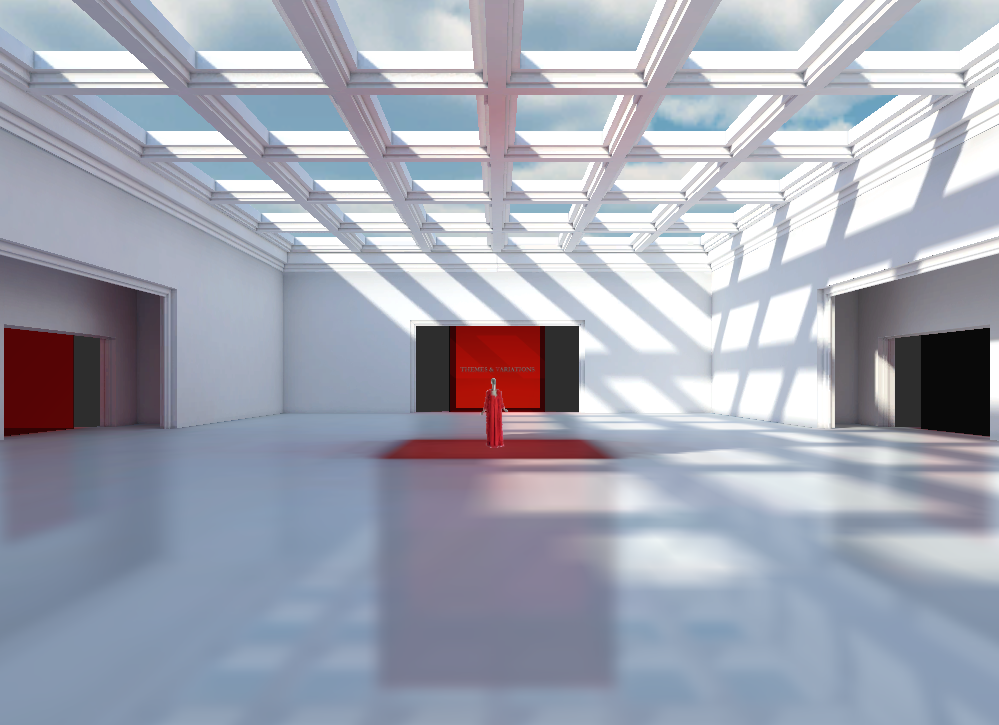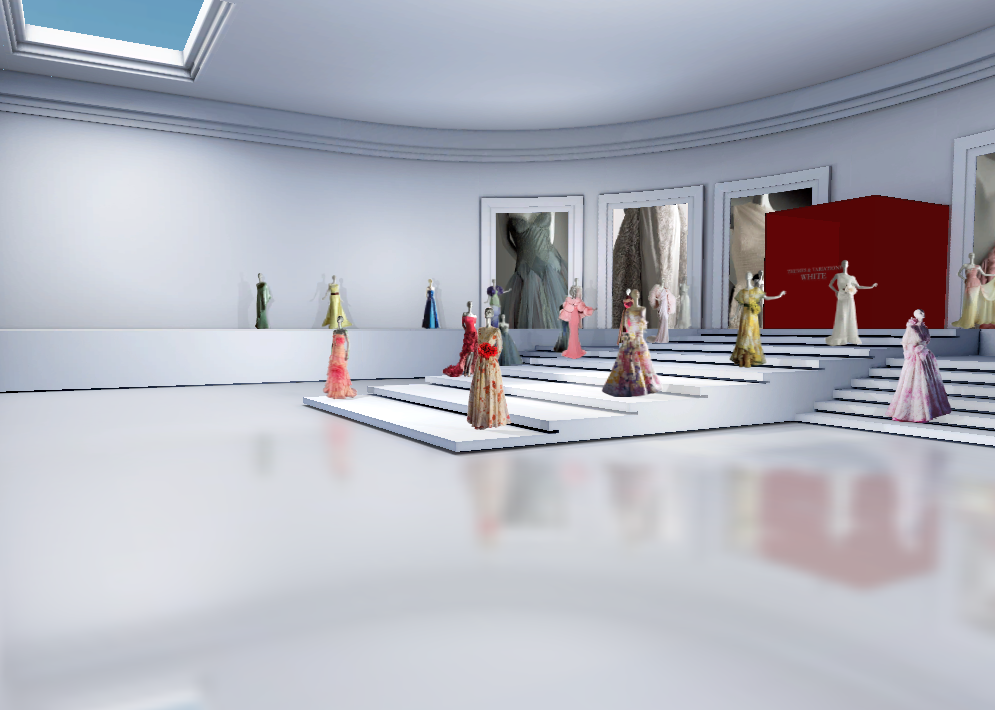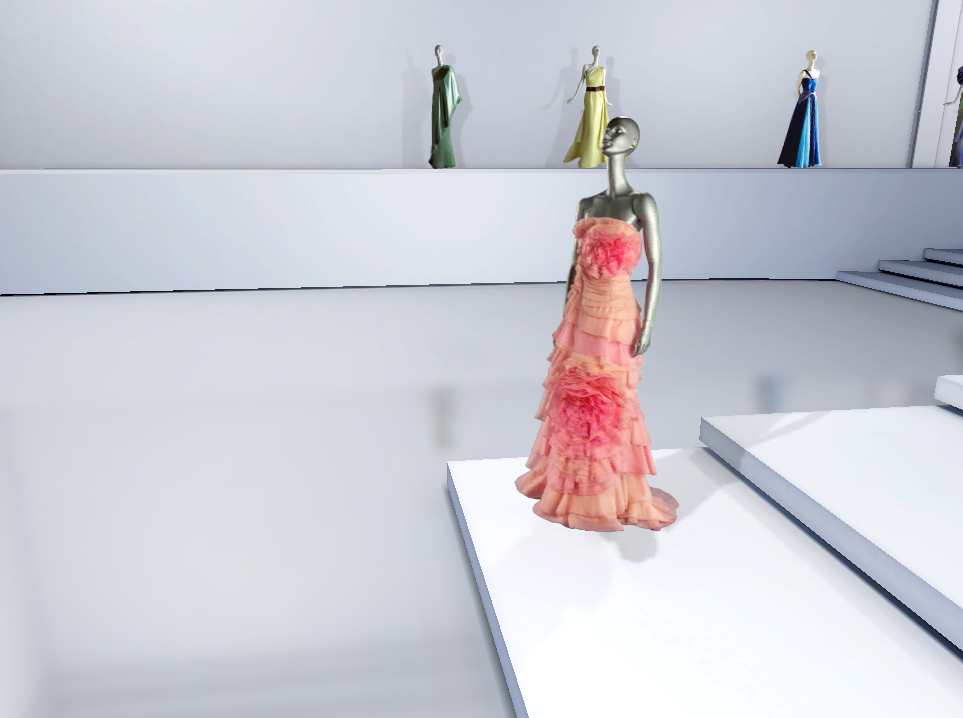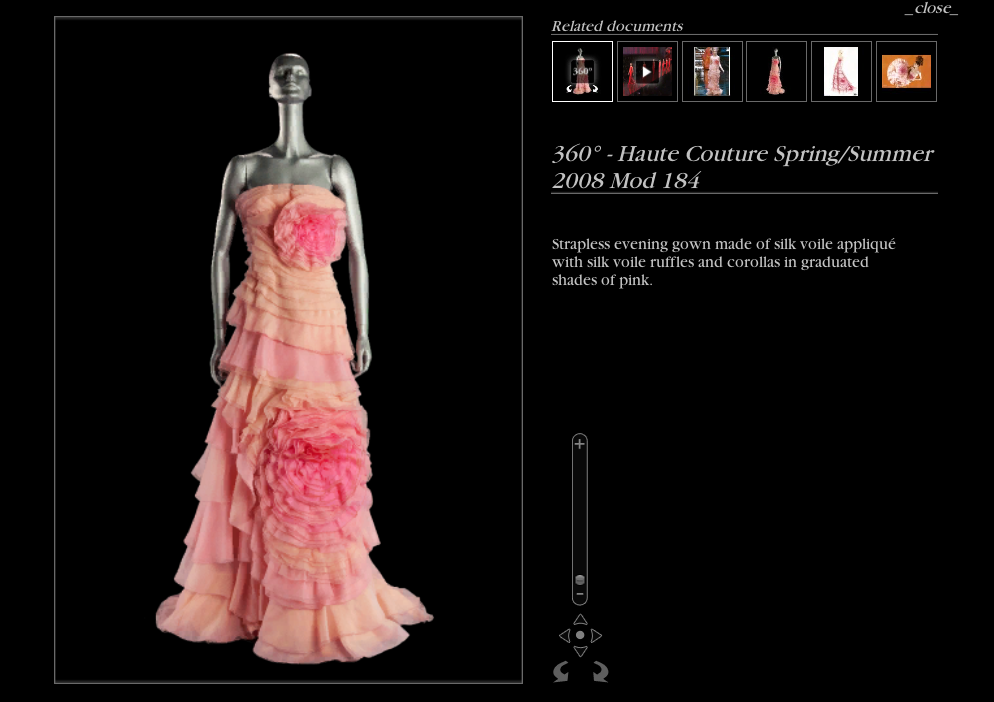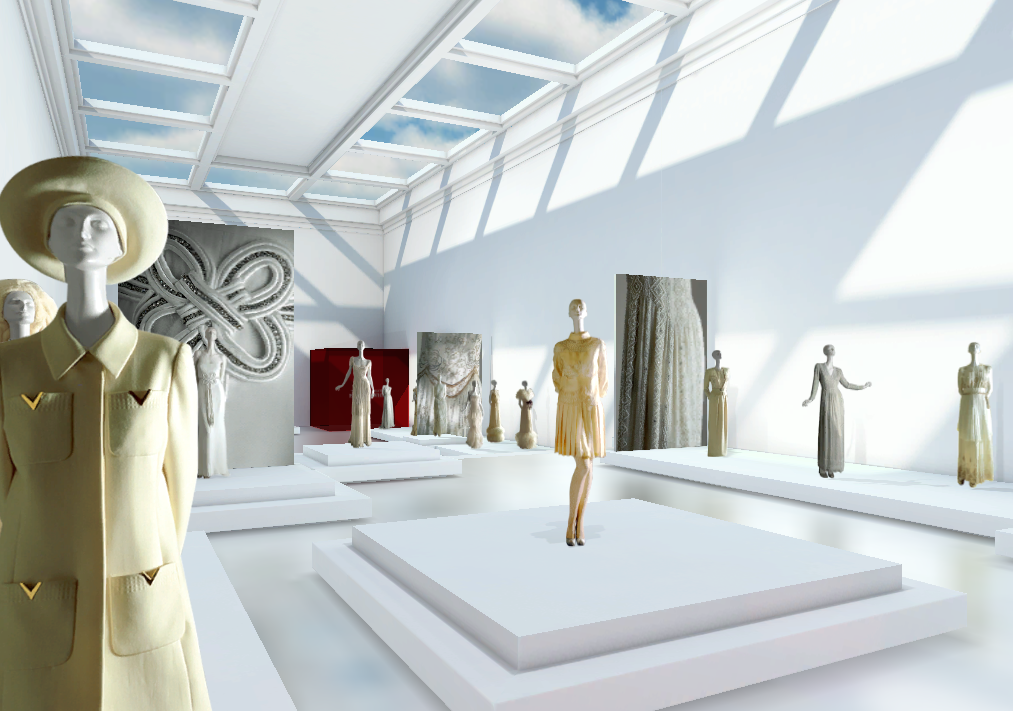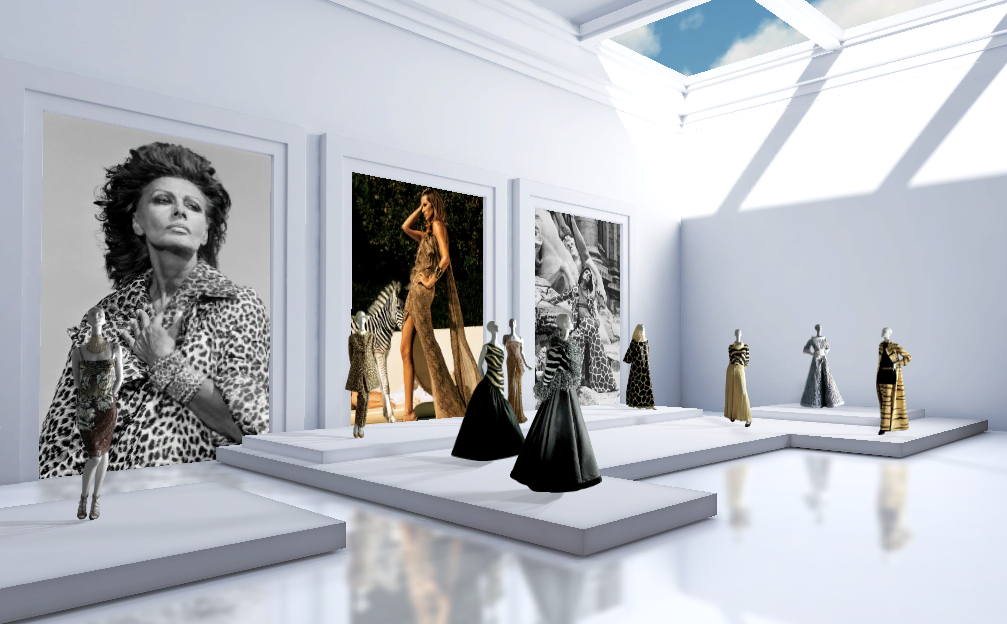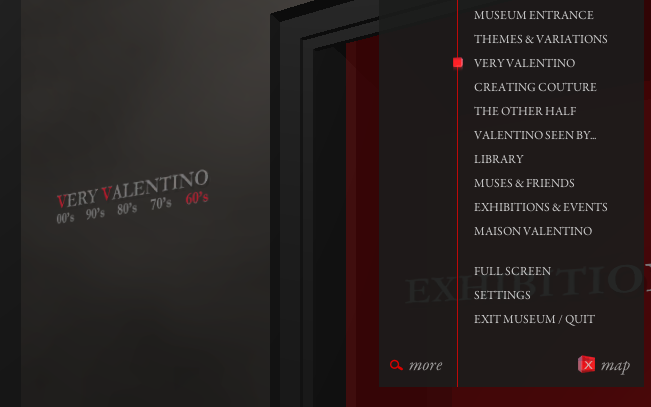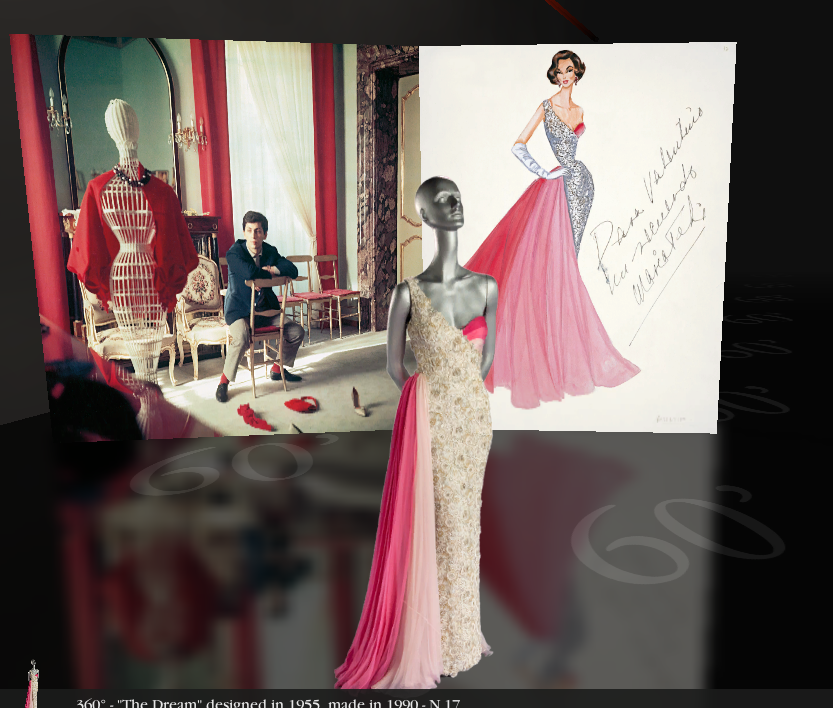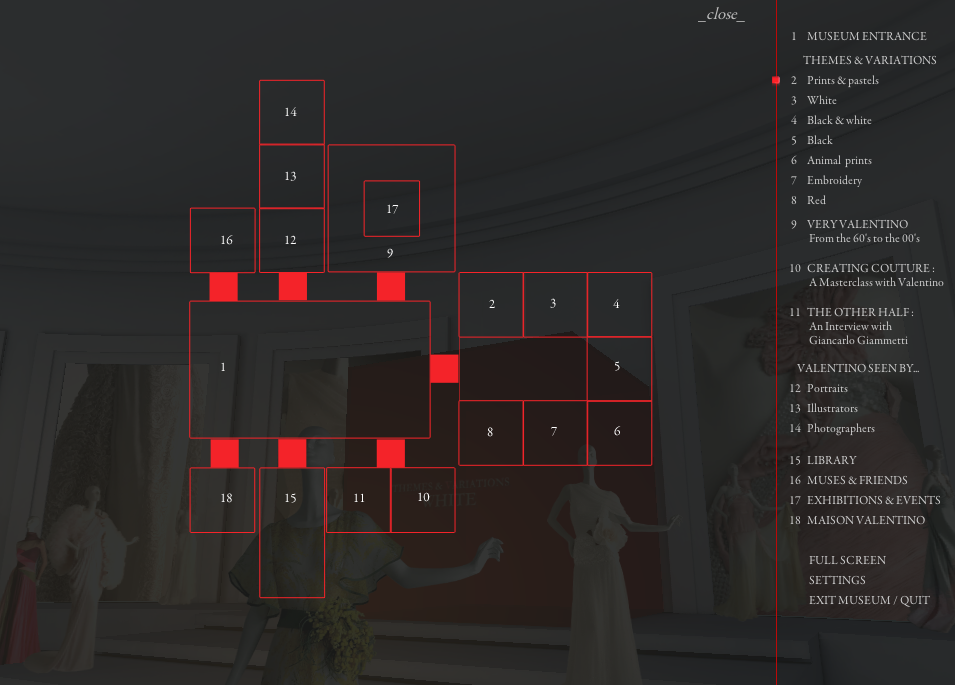Makeup Museum (MM)
Musings is a series that examines a broad range of museum topics as they
relate to the collecting of cosmetics, along with my vision for a
"real", physical Makeup Museum. These posts help me think through how
I'd run things if the Museum was an actual organization, as well as
examine the ways it's currently functioning. I also hope that these
posts make everyone see that the idea of a museum devoted to cosmetics
isn't so crazy after all – it can be done!
The general introduction to MM Musings above refers to my vision for a physical museum. However, this installment will make an exception to the usual focus on a physical space and explore how the Makeup Museum could occupy the World Wide Web in a vastly different format than its current existence. I will be using several examples from the world of fashion, since, as I explained in the inaugural MM Musings post, the worlds of fashion and cosmetics face similar challenges in terms of being considered art, and both are a form of bodily adornment for their own sake. These examples serve as inspiration for an eventual massive transformation of the Makeup Museum blog. I will touch on what I think are the most compelling aspects of these online fashion exhibitions/museums and discuss how they can be applied to the Makeup Museum. (I am only including examples of shows and museums that are exclusively online, not the websites of museums that physically exist, e.g., the Smithsonian website – that will be the next installment of MM Musings).
First up is an exhibition featuring the works of two designers, Charles Frederick Worth and Main Rousseau Bocher (who later simply went by Mainbocher). Presented by the Museum of the City of New York, "Worth and Mainbocher: Demystifying the Haute Couture" examines how these two designers, although not contemporaries, established the idea of couture clothing as we know it today.
The designers are each given their own timeline, and users can click on any dress they want to know more about.
What's especially intriguing is that one can zoom in and see the fabrics up close.
The site also contains an in-depth essay on their work and biographies by leading fashion scholars and writers.
Next up is the Sackrider Museum of Handbags.
Like the Worth and Mainbocher exhibition, you can scroll through and click on any object to learn more about it. I like that it's arranged by time period.
But perhaps the most advanced online museum to date arrived in late 2011 courtesy of Valentino. The Valentino Garavani Virtual Museum contains highlights from the archives of the designer through an app that can be downloaded to your computer or phone. It features the latest 3D technology so users can experience the space and view items at 360 degrees. As the New York Times explains, "The idea is to open up the archives, with the online facilities offering
unlimited possibilities for interconnections and cross-references. A
key outfit can thus be seen up close in intimate detail in 3-D, with
explanations of its cut and craftsmanship, as well as when and where it
was first shown and who subsequently wore it…for students — and for historians — the result is a generous offering
that comes from a nonprofit association and makes the archive globally
available."
Of course I downloaded the app to see for myself. Here is the "main entrance".
I went to the right and through the panel marked "Themes and Variations".
I decided to zoom in on this pink number:
When I clicked on the "more" button at the bottom, a wealth of information about the dress popped up, along with the option of viewing the dress all the way around.
The "Themes and Variations" wing was divided into subsections based on color or prints. This was the white room:
And here was the animal prints room:
I also took a spin through the Very Valentino wing:
I particularly enjoyed the '60s section.
What was so mind-blowing about this site was that it was arranged as a real museum would be, and you could easily get anywhere you wanted by pulling up the map.
I could definitely see the Makeup Museum adopting this format, since it seems to be the closest thing to a physical space but still has the accessibility and ease of use of an online experience.
In looking at these three websites, I think for the Makeup Museum I'd probably combine elements of the three. I like the clean design and detailed information for each piece at the Worth and Mainbocher exhibition, the arrangement of objects into distinct time periods at the Sackrider (although I'd probably arrange the makeup collection by brand rather than time period), and the accompanying information at each of those two – the essays and discussion at Worth and Mainbocher and the history of handbags at the Sackrider. As for the Valentino Museum, I love that users can sort of move through the space but still be able to skip around to various parts of the museum at the click of a button.
Looking at these also makes me wonder whether a physical space for the Makeup Museum is necessary at all. As Melissa at Worn Through remarks about the Worth and Mainbocher exhibition, "It’s interesting to see so many costume collections working to put their
object information online, and in particular the way that virtual
exhibitions are becoming a more popular way to share information and
document collections. I’ve been thinking a lot about some of the
advantages of a format like this, especially for objects that are
extremely fragile that might not be able to endure the strains of
exhibition otherwise. While nothing can replace the experience of
viewing something in person, this type of format is a really great
substitute, particularly for opening up an audience that might otherwise
be constrained geographically." She brings up two great points – one is that makeup items, like clothing, are very fragile, so in the interest of preservation it might be best to have them displayed only online. The second is that you can reach a much broader audience by having the museum exist exclusively online.
So perhaps my focus going forward should be revamping the Makeup Museum's website rather than trying to establish a brick-and-mortar museum. This effort will still cost money, but I'm guessing not as much as finding a physical space.
What features would you like to see in an online beauty museum?


